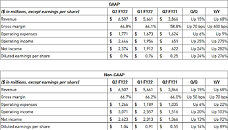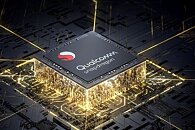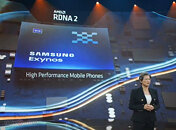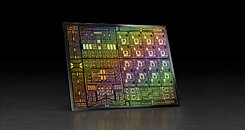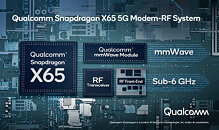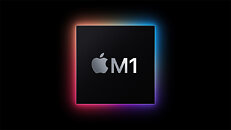
AMD Expects Chip Shortage to Improve Next Year, According to CEO Lisa Su
Finally some potentially good news, as AMD's CEO Lisa Su is bringing hope that the current chip shortage situation might improve over the next 18 to 24 months according to a new piece on CNBC. She's expecting new chip fabs to have come online by then, although no details were mentioned, one would presume it involves TSMC in AMD's case.
Lisa Su is quoted saying "We've always gone through cycles of ups and downs, where demand has exceeded supply, or vice versa, this time, it's different." "The pandemic has just taken demand to a new level". This isn't exactly breaking news by now, but it also seems like the demand for computers has reached its peak and is now plateauing ahead of what will likely be a drop in sales come next year, but that doesn't mean the demand for chips will go down. Lisa Su is also expecting further consolidation in the industry, which has its upsides and downsides, but her take on it is that "if you want to do something very large for the industry, you know, scale is important." AMD should know this better than most companies, since they've scaled their business from the brink of bankruptcy to where they are today.
Lisa Su is quoted saying "We've always gone through cycles of ups and downs, where demand has exceeded supply, or vice versa, this time, it's different." "The pandemic has just taken demand to a new level". This isn't exactly breaking news by now, but it also seems like the demand for computers has reached its peak and is now plateauing ahead of what will likely be a drop in sales come next year, but that doesn't mean the demand for chips will go down. Lisa Su is also expecting further consolidation in the industry, which has its upsides and downsides, but her take on it is that "if you want to do something very large for the industry, you know, scale is important." AMD should know this better than most companies, since they've scaled their business from the brink of bankruptcy to where they are today.





